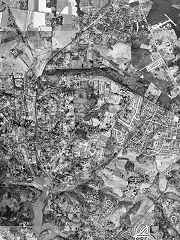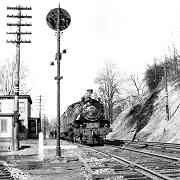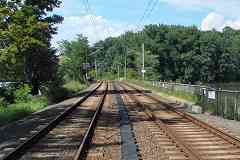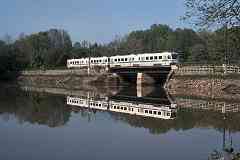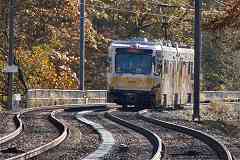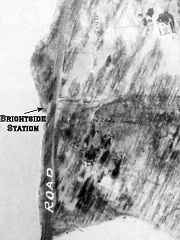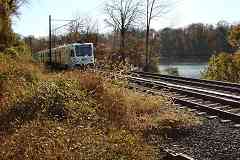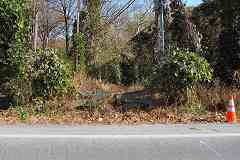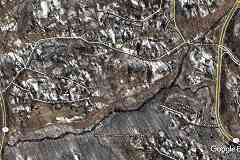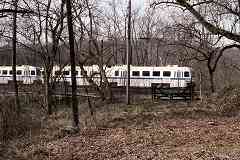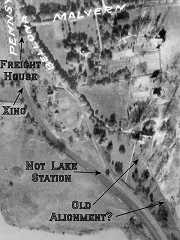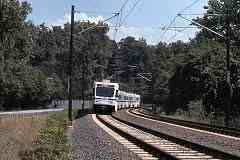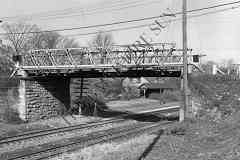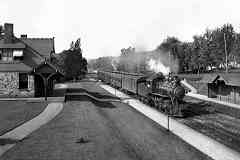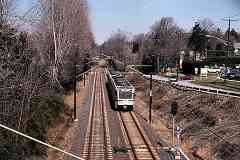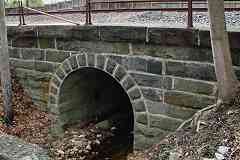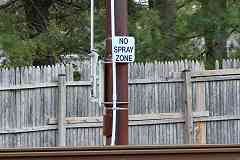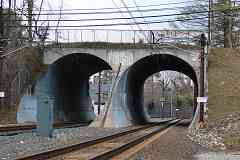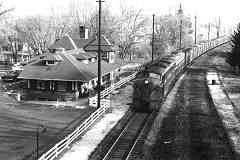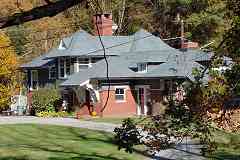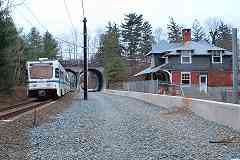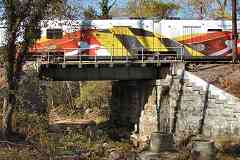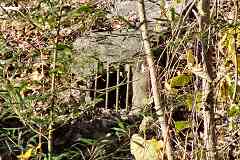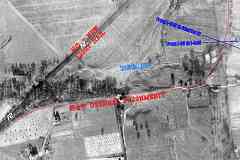|
The structure that had stood where Bellona Avenue and the rails
separate at lower right is sometimes mistaken for Lake Station.
The actual NC Lake Station existed off photo-bottom, near the
intersection of Rolandvue Road and Bellona Avenue, between the
lake and railroad.
East of Not Lake Station, an arc traces a lighting change. Such
often represent remnants of older railroad or road alignments, and
indeed some topo maps from the 1800s place the railroad on the
east side of Bellona Avenue, the reverse of the present. So, the
arc visible in this photo may be the original path of the B&S, but
unfortunately, too little detailed information about the B&S
survives to confirm that.
The grade crossing at "Xing" gave entry to the L'Hirondelle
Club, a social and athletic group established in 1872. The
club, which as of 2020 still exists, outlived that grade crossing.
According to a 1915 atlas, north of that, at the intersection of
Bellona and Malvern, NC had a freight house. It is no
longer extant.
|
